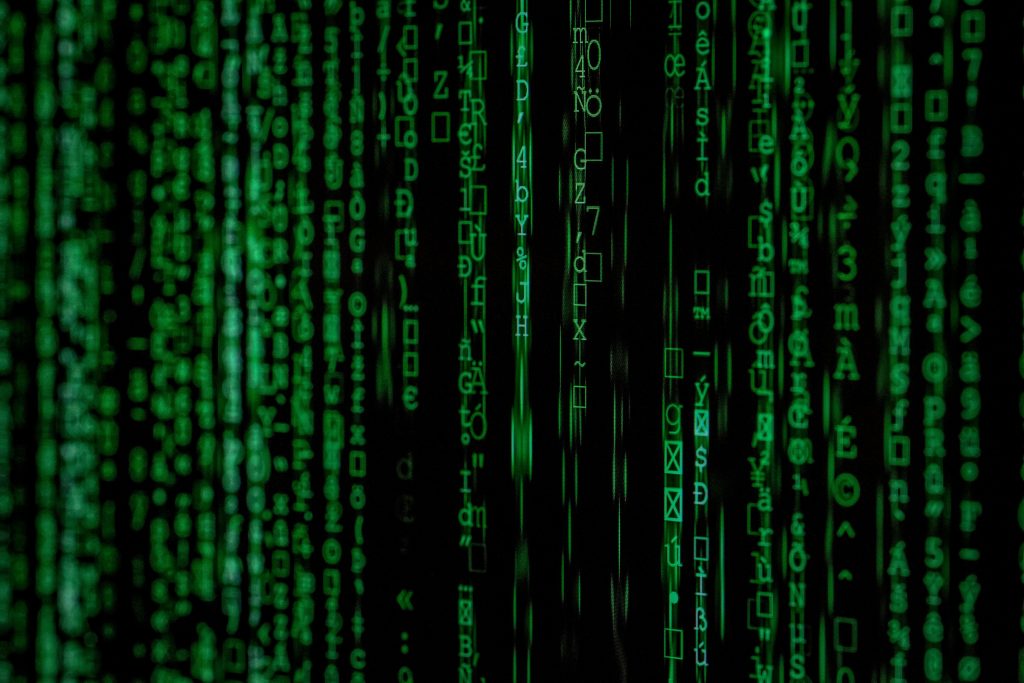Alarming Surge in Russian Cyber Attacks: A Call to Action
In recent weeks, many cybersecurity professionals have reported a concerning uptick in cyberattacks emanating from Russia. This trend was particularly evident in my own experience this past week, during which I had to respond to four separate incidents across various organizations. Each attack was distinct in its execution and severity, ranging from relentless credential spraying aimed at compromising internet-accessible services to instances of full-blown ransomware attacks that also affected backup systems.
The scope of these attacks has been alarming. It’s not unusual to see sporadic attempts at breaching security, but to encounter four significant incidents within such a short timeframe is quite unprecedented. What makes this surge even more striking is its coincidental timing with recent geopolitical events, specifically the recent directive aimed at reducing cyber pressure on Russia.
This surge in hostile cyber activity raises a pertinent question for those in our field: Are others experiencing a similar pattern? How are you addressing the increasing frequency and sophistication of these threats? It’s crucial that we share our insights and strategies to better prepare and protect our organizations against these escalating cyber threats.
If you’re encountering similar challenges, let’s discuss the steps you’re taking to reinforce your cybersecurity measures in these precarious times. Your experiences and strategies could contribute significantly to our collective resilience against these attacks.
Share this content:




Response:
It’s concerning to hear about the recent surge in cyberattacks, especially from sources linked to Russia. While many organizations are experiencing increased threats, there are several proactive steps you can take to strengthen your defenses:
Additionally, consider engaging with threat intelligence feeds specific to Russian cyber threats, and participate in industry information sharing communities to stay updated on emerging attack vectors.
Security is an ongoing process, especially during heightened threat periods. If you need further assistance, I recommend consulting with a cybersecurity specialist to conduct a comprehensive assessment of your current defenses and tailor a response plan